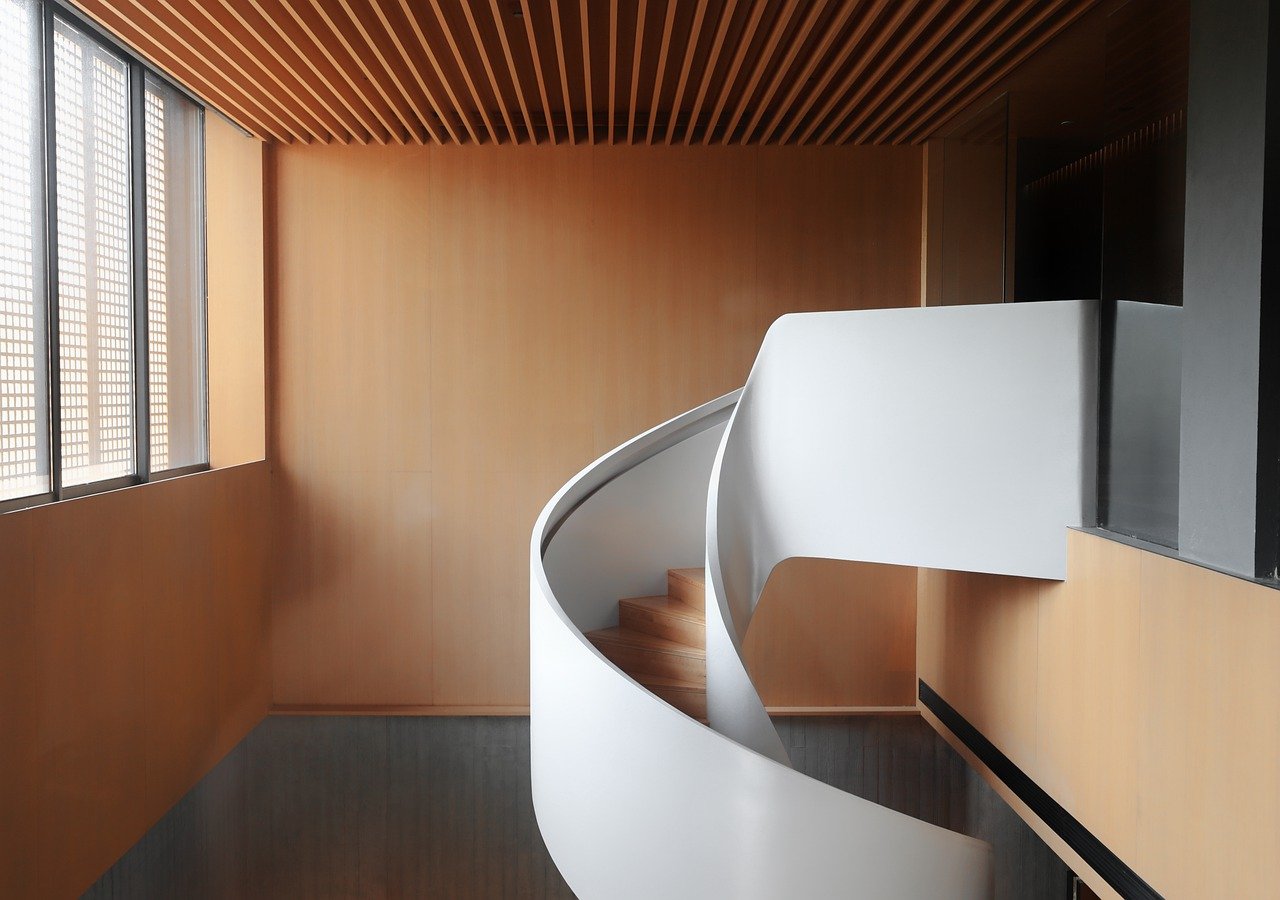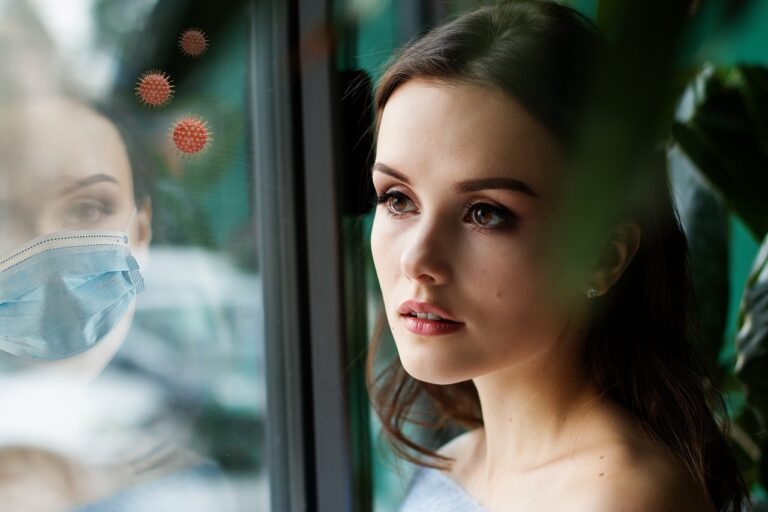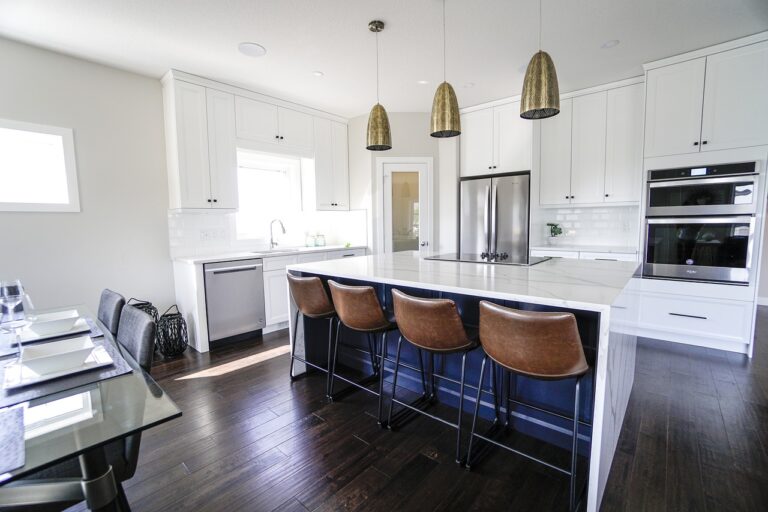The Evolution of Home Improvement Shows on TV
The origins of home improvement shows can be traced back to the early days of television, with programs like “This Old House” paving the way in the 1970s. These shows focused on teaching viewers how to tackle various home improvement projects, from basic repairs to extensive renovations, all within the confines of a single episode.
As the genre evolved, more shows emerged, each offering a unique take on the world of home improvement. From “Trading Spaces” to “Fixer Upper,” these programs captivated audiences with their engaging hosts, creative designs, and real-life transformations, sparking a wave of interest in DIY projects and interior decor.
The Rise of DIY Home Improvement
DIY home improvement has become increasingly popular in recent years, with more and more people opting to tackle projects themselves rather than hiring professionals. This shift can be attributed to various factors, including the desire for cost savings, a sense of accomplishment, and the abundance of online resources that provide guidance and inspiration. From simple decor upgrades to complex renovations, homeowners are taking matters into their own hands and embracing the challenge of improving their living spaces through DIY methods.
The rise of social media and online platforms has played a significant role in promoting DIY home improvement projects, allowing individuals to share their creations, ideas, and tips with a vast audience. With platforms like Pinterest, Instagram, and YouTube serving as virtual hubs for DIY enthusiasts, the accessibility of information and the opportunity to connect with like-minded individuals have fueled the growth of the DIY home improvement trend. As a result, DIY has evolved from a occasional weekend hobby to a lifestyle choice for many individuals seeking to personalize their homes and make them truly their own.
The Influence of Technology on Home Improvement Shows
With the rapid advancement of technology, home improvement shows have seen a significant transformation in recent years. From virtual reality tools that allow viewers to visualize their dream home renovations to online platforms that provide step-by-step tutorials for DIY projects, technology has revolutionized the way we consume home improvement content. These technological innovations have not only made it easier for viewers to engage with the shows but have also inspired more people to take on home improvement projects themselves.
Additionally, social media has played a crucial role in shaping the landscape of home improvement shows. Platforms like Instagram and Pinterest have become popular hubs for sharing home renovation ideas, showcasing before-and-after transformations, and connecting with like-minded individuals who share a passion for home improvement. The instant accessibility of inspiration and information through social media has made it easier for viewers to stay updated on the latest trends and techniques in the home improvement space.
How have home improvement shows evolved over time?
Home improvement shows have evolved from traditional renovation projects to more DIY-focused content, showcasing a variety of techniques and styles.
How has technology impacted home improvement shows?
Technology has greatly influenced home improvement shows by providing new tools, techniques, and platforms for showcasing projects and connecting with viewers.
What are some examples of technology used in home improvement shows?
Some examples of technology used in home improvement shows include virtual reality for design planning, smart home devices for automation, and social media for audience engagement.
How has the rise of DIY culture affected home improvement shows?
The rise of DIY culture has led to a shift in focus on home improvement shows, with more emphasis on empowering viewers to tackle projects themselves and providing step-by-step instructions for success.
What can viewers expect from modern home improvement shows?
Viewers can expect modern home improvement shows to incorporate the latest technology trends, feature a diverse range of projects, and provide inspiration for transforming their own living spaces.







